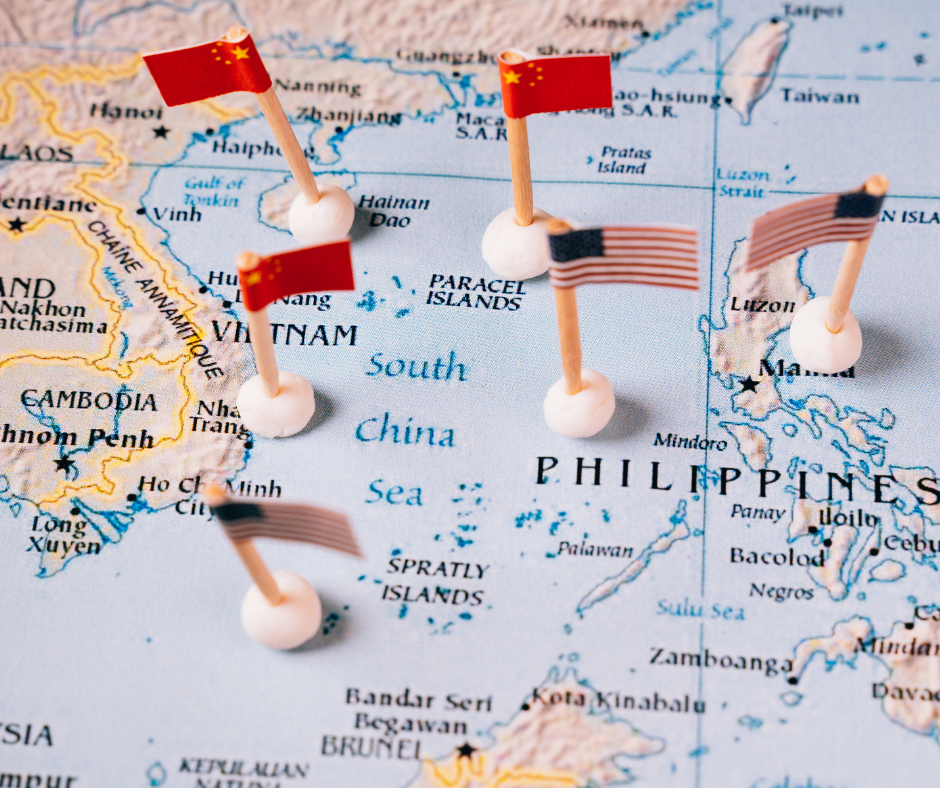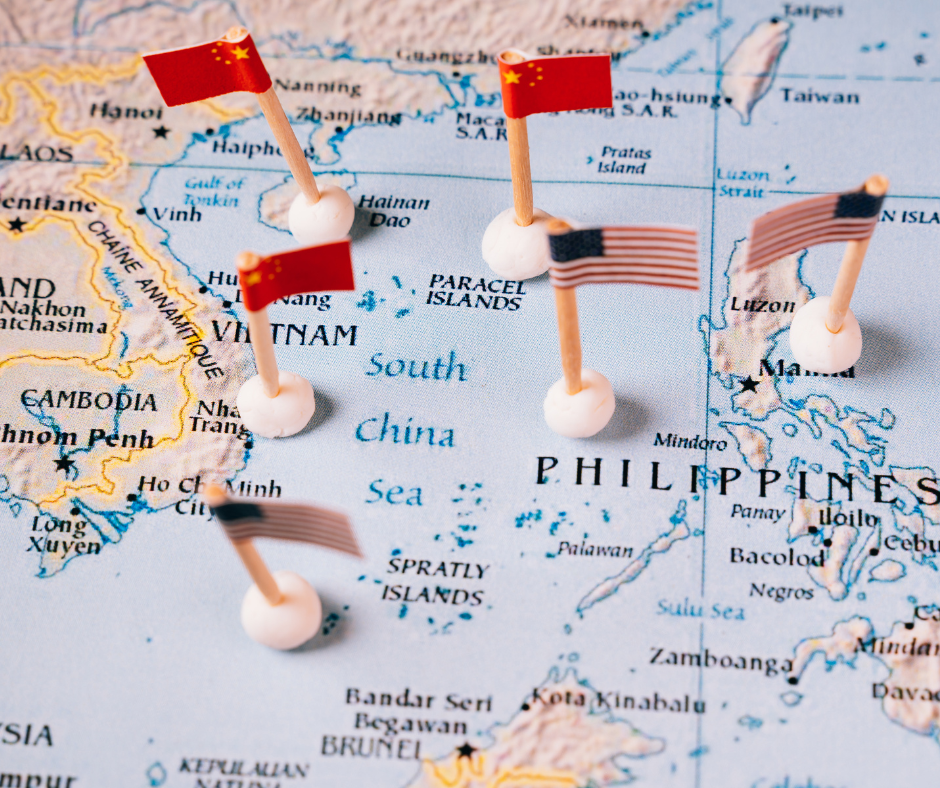The region’s geopolitical landscape is about to change, after President Marcos and Prime Minister Fumio Kishida announced the possible formation of a security triad involving the Philippines, Japan, and the United States.

This development is the likely product of several cabinet-level dialogues, multilateral exercises, and military staff talks conducted among the three states over the years. Aside from its shared view on China’s maritime ambitions, the dynamics among the three states would likely be grounded on the treaties with the US, the July 2016 Arbitral Tribunal award, the UN Charter and UNCLOS, and existing Indo-Pacific strategies.
For the Philippines, the agreements reached during the inaugural 2+2 meeting at Tokyo in 2022, and the 10th Bilateral Strategic Dialogue (BSD) in Manila early this year already provides a roadmap for cooperation with the US and Japan. Taking a slice among two dialogues, we consider the possibilities, in terms of military modernization, maritime cooperation, and infrastructure development:
The Navy needs to rebuild its surface fleet, after decommissioning its legacy vessels. Conceivably, some of the JPY600 billion allocated to help the country attain Upper Middle Income Country (UMIC) status by 2025 can be invested in Subic’s Agila Shipyard. This allows new ships to be constructed locally, and hopefully jumpstart the county’s naval shipbuilding industry. Relatedly, with the reluctance of policymakers to select the Navy’s base in Subic as an EDCA site, maybe Japan can help build the fleet’s home under the “Build Better More” program. This would parallel Japan’s assistance to the Coast Guard in developing a support base for the latter’s 97-meter patrol vessels in Subic.
In terms of maritime cooperation, Japan’s assistance was crucial to the successful launches of the Diwata and Maya cube satellites. Perhaps this can be replicated in the co-development of a space-based maritime surveillance system, which the Navy needs to effectively monitor vessel traffic within and around our archipelago. We also hope to see the three Coast Guards step up its presence in the West Philippine Sea, and gradually restore the stability that has been disrupted by China’s grayzone tactics.

Lastly, an infrastructure development program can also be tweaked to counter China’s attempts to exert influence over provinces, such as Cagayan, Ilocos Norte and Sur, Zambales, Palawan, etc. These are situated in areas critical to China’s maritime interests, and an infusion of Japanese capital in these provinces might possibly wean away our governors and mayors from the lure of Chinese FDIs.
In summary, a triad of like-minded democracies is a step forward in blunting the efficacy of China’s geopolitical strategy in East Asia. For the Philippines, Japan’s active posture can be a moderating influence in times of crisis and mitigate the asymmetry and shortcomings in our relations with the US. In the end, navigating the region’s security challenges requires the enlightened use of statecraft, and the capacity to work with other states.
Source: Rappler






